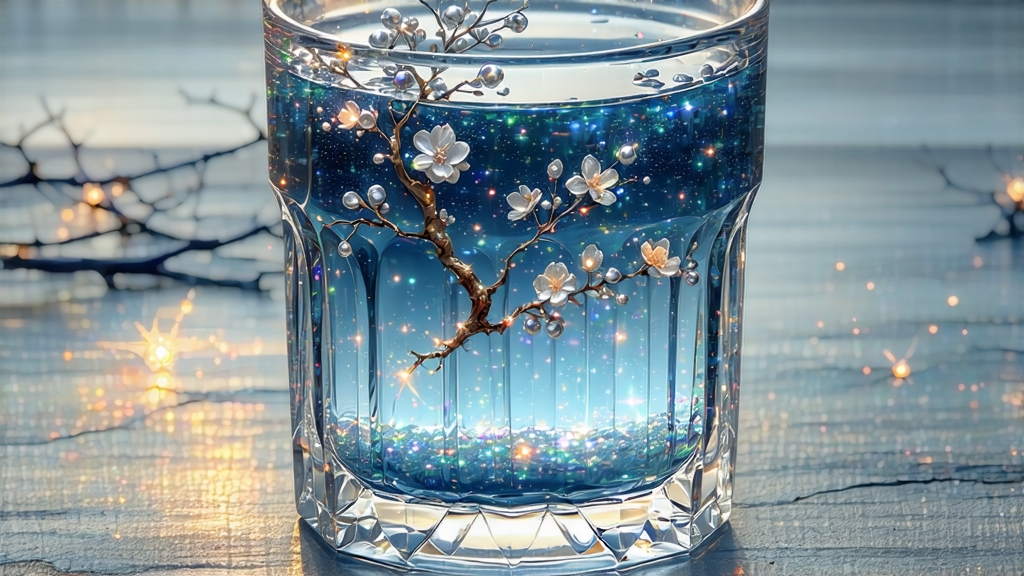
Bai Hao Yin Zhen—literally “White Hair Silver Needle”—is the most aristocratic expression of China’s white-tea family. To the uninitiated it looks almost too delicate to be tea: straight, silvery spears that seem to have been plucked from the moon rather than a Camellia sinensis bush. Yet behind that ethereal appearance lies a pedigree stretching back to the late eighteenth century, a production protocol that borders on meditation, and a flavor spectrum that can teach even seasoned palates new synonyms for subtlety. This essay invites the international reader to journey through the history, terroir, craftsmanship, infusion science, and sensory poetry that make Silver Needle one of the world’s quietest luxuries.
-
Historical whispers
The first verifiable record of white tea appears in the Song Dynasty (960-1279), when the imperial court demanded “white” tribute teas whose buds were so downy they shimmered like frost. Those early cakes, however, were green-tea ancestors rather than the minimally processed white tea we know today. The true birth of Yin Zhen is pinned to 1796 in Fujian’s Fuding county, when tea makers abandoned roasting and rolling in favor of long natural withering. The new technique preserved the silvery pubescence on the bud, giving the tea its name and its luminous infusion. By the late Qing, Fuding’s Silver Needle had eclipsed the green tribute cakes and was freighted down the Min River to the port of Fuzhou, where European merchants mistook its pale liquor for watered-down green tea—until the first sip rearranged their lexicon of taste. -
Terroir: two counties, one perfect bud
Modern Silver Needle is legally protected to two micro-regions: Fuding and Zhenghe, both in northern Fujian. Fuding’s soils are granitic, well-drained, and faintly acidic; Zhenghe’s are deeper and more ferric. The result is a sibling rivalry in a cup: Fuding needles lean toward pineapple-melon sweetness, while Zhenghe versions carry a drier, clover-honey note. Both areas sit just inland from the East China Sea, so morning fogs slow evaporation from the leaf, extending withering time and concentrating amino acids. The critical cultivars are Fuding Da Bai (“Big White”) and Zhenghe Da Bai, bushes bred for corpulent buds that can reach 3.5 cm in early spring—roughly the length of a paperclip and the weight of a hummingbird’s feather. -
Plucking etiquette
The harvest window is brutally short: roughly ten days between Qingming (early April) and Grain Rain, when the bud is still closed like a pearl and the first apical leaf has not yet unfurled. Experienced pluckers use a “twist-lift” motion that severs the bud without bruising the stem; any compression triggers premature oxidation and forfeits the tea’s claim to “silver.” A full kilo of finished tea demands between 18,000 and 20,000 buds, all picked before ten o’clock when dew is still evaporating and mountain temperatures hover around 15 °C. The logistics alone explain why authentic early-spring Silver Needle costs more per gram than many single-malt whiskies. -
Craft: the art of doing almost nothing
White tea’s minimalism is deceptive; doing almost nothing requires constant vigilance. Once back at the cottage, the buds are spread one layer thick on bamboo trays stacked like bunk beds beneath a traditional breezeway. For 36 to 48 hours they are left to the whims of mountain air, the only variables being the thickness of the spread, the angle of the louvered windows, and the intuition of the master witherer who checks aroma, texture, and moisture every hour. When the bud’s internal moisture drops to 8–10 %, a gentle charcoal bake at 40 °C finishes the tea, locking in fragrance without caramelizing sugars. No pan-firing, no rolling, no twisting—just time, air, and the invisible choreography of enzymes. -
Grades and market realities
Imperial-grade (Te Ji) consists entirely of unopened buds picked in the first three days of the harvest. First-grade (Yi Ji) allows 5 % open leaves; second-grade (Er Ji) may contain 10 % and is usually a blend of early and mid-season pickings.